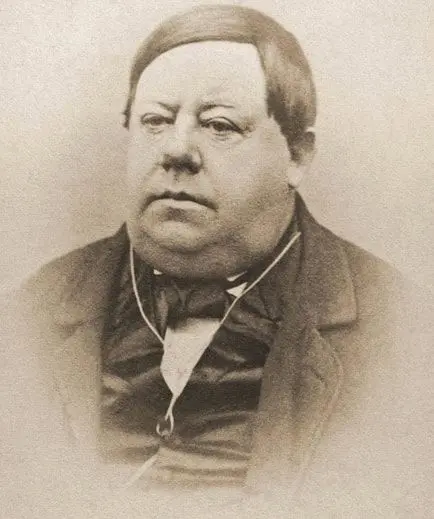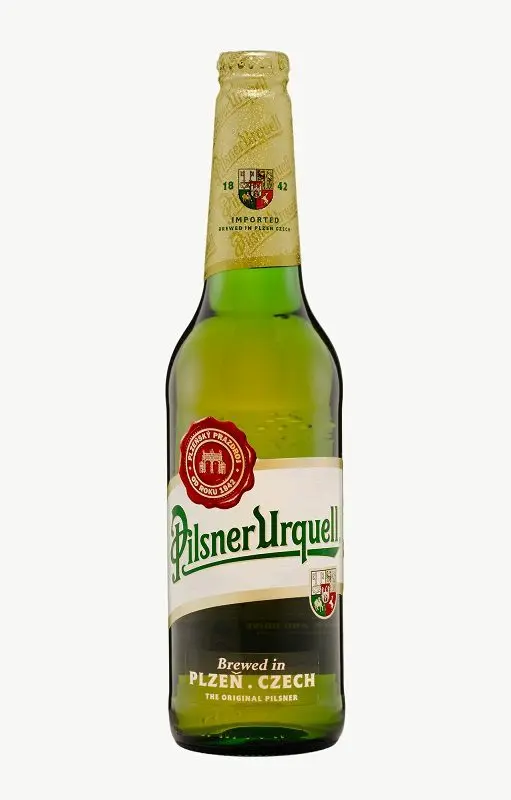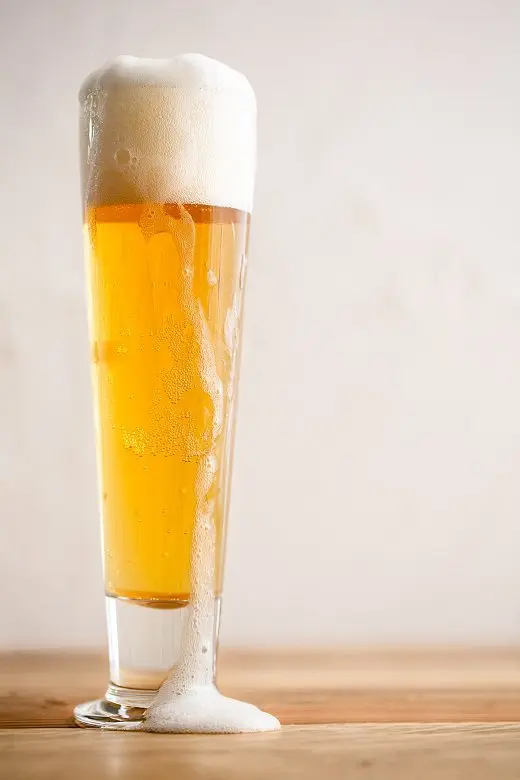Pilsner (Pilsner, Pils) is a type of pale lager. The name comes from the Czech city of Pilsen, where this style was invented in 1842. The original Pilsner Urquell, the very first variation, is still produced there.
History
Brewing in Pilsen began in 1295, but until the 1840s, top-fermented varieties (ales) were predominantly produced in Bohemia. Uniform standards of taste and quality did not exist until in 1839 the city authorities opened a “civil brewery” (today’s Urquell), bringing beer to the market in the newly emerging Bavarian style. The difference was that, firstly, the intoxicating drinks were made using the bottom fermentation method, and secondly, they underwent additional aging in barrels.
An episode that speaks about the quality of beer before pilsner is indicative. In 1838, Pilsen brewers rolled out 36 barrels of beer onto the main square, opened them and… poured the intoxicating drink onto the pavement, allowing it to mix with mud and drain into the sewer. So the masters demonstrated that it was impossible to drink the ale that existed at that time.
The first real pilsner beer was created in 1842 by the Bavarian brewer Josef Groll working in Pilsen, based on pale malt. The secret of the variety was malt harvested according to English technology, soft local water, hops from Zatec and Bavarian technology. The result was a golden drink that instantly became a sensation. Groll returned to Germany three years later, but the company remained.

Features of production – not fully malted barley (it is important that the grain does not burn and does not smoke during drying!), As well as fragrant hops from Zatec.
Around this time, an efficient and inexpensive method of glass production was developed in Europe, and bottles became cheaper and more affordable. Pilsner in glass bottles, firstly, was associated with luxury, and secondly, it looked advantageous, captivating beer lovers with its bright golden color.

In 1853, pilsner was already served in 35 Prague pubs, in 1856 it appeared in Vienna, and in 1862 in Paris. The style soon spread throughout Europe, in 1859 the Pilsner brand was registered (which still creates a lot of confusion). In 1898, the trademark Pilsner Urquell was recorded to emphasize that it is here that the original pils is made according to a traditional recipe.

The invention of cooling systems and modern refrigerators made it possible to abandon the storage of beer in cellars. Pilsner Urquell held on to the tradition the longest, but in 1993 he replaced the barrels with stainless steel vats.
Today, Pilsner is a pale, bottom-fermented beer with a straw-gold color. The strength of the drink is on average 4.5-5%, although some brewers may slightly overestimate this bar (usually such beer is called export beer). The bouquet has hints of hops.
Pilsner styles
German (Bavarian). Colour: straw to gold. Taste: bitter, with “earthy” notes. Famous manufacturers: Jever, Flensburger, Konig, Bitburger, etc.
Czech (Bohemian). Differs in high foam and slightly less saturated taste. Producers: Budweiser, Kozel, Staropramen, Gambrinus, etc.
European (American). Sweetish taste, can be produced not only from barley, but also from rice malt. Manufacturers: Amstel, Heineken, Stella Artois, etc.

Difference between pilsner and lager
Pilsner is a subspecies of lager, just like charlotte is a subspecies of apple pies. Lager is a term that refers to all bottom-fermented beers.
How to drink pilsner
Pilsner beer is drunk from special tall and narrow beer glasses (“Pokalov”), beer mugs or goblets. An intoxicating drink should be eaten properly with fresh toast, fried eggs, savory pastries, shellfish, and light desserts.










